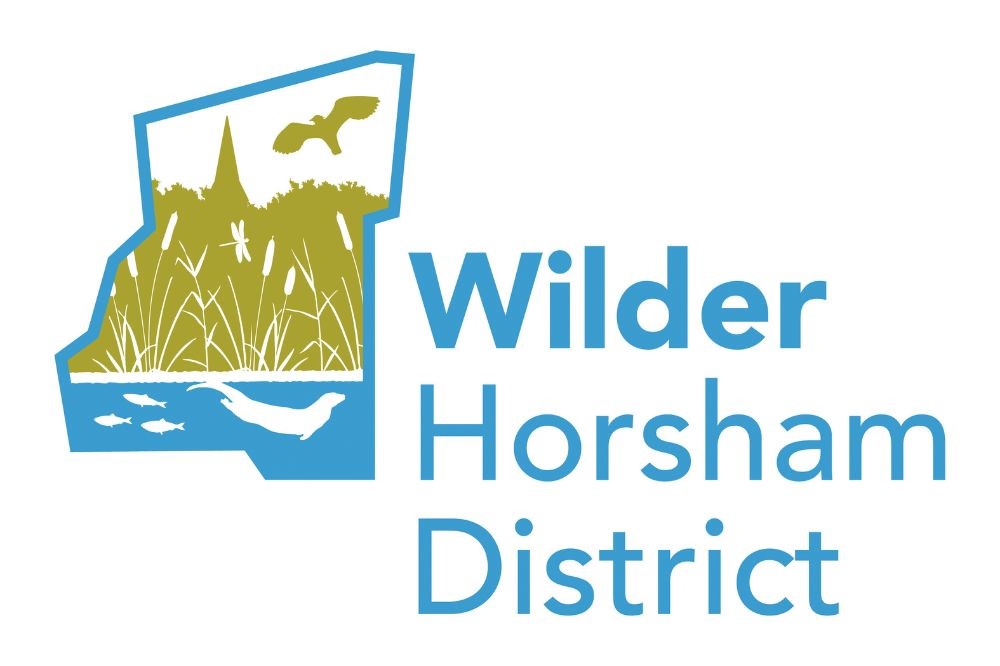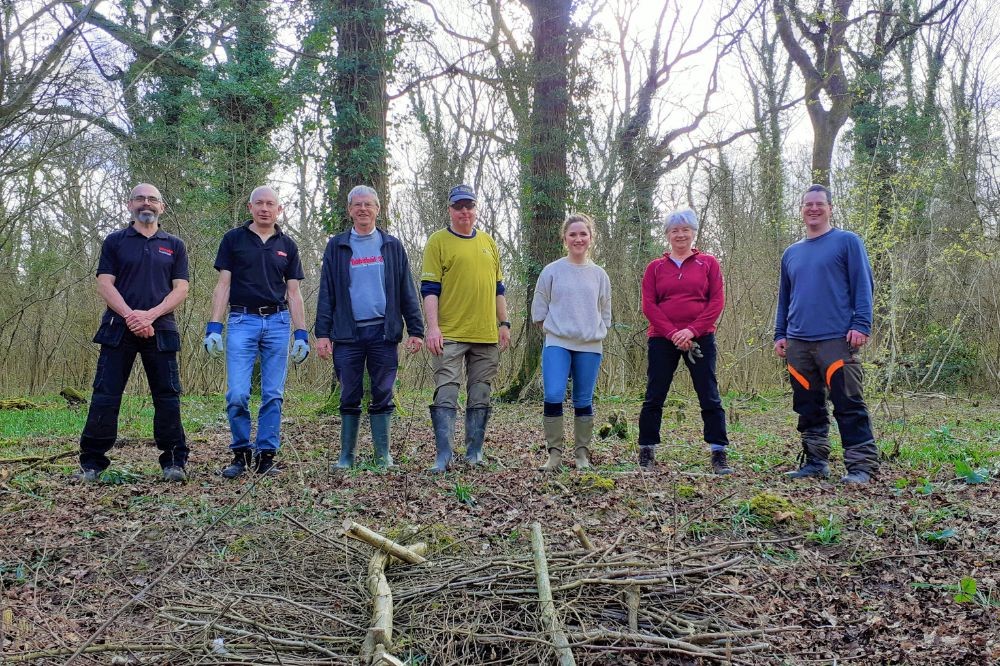Wilder Horsham District
Wilder Horsham District (WHD) is a partnership between Sussex Wildlife Trust and Horsham District Council established in response to the urgent pressures on biodiversity.
It aims to:
- Help wildlife thrive across the Horsham District.
- Create Nature Recovery Networks that are protected and enhanced for wildlife, to allow habitats to expand and for species populations to increase which will ensure that they are resilient to change.
- Increase awareness of actions that communities can take to improve their local natural environment and the benefits that wildlife provides.
- Maximise the opportunities that protecting and enhancing wildlife brings for climate change mitigation and adaptation.

The initiative has recently been extended another three years to 2028.
Watch a short video explaining the work of Wilder Horsham District, presented by Richard Black, Senior Land Advisor (SWT).
Horsham District Nature Recovery Networks
Find out about our work to create wildlife corridors across the District and why it's important
Wildways Project
Our work to allow the grass to grow in Council-owned sites to encourage more native wildflowers and attract bees, butterflies, moths and other pollinators
Wilder Horsham District: Working in Partnership
How we work with Sussex Wildlife Trust and local landowners
Wilder Horsham District: why take action?
Find out about wildlife decline in Horsham District and what we're doing about it
Nature Recovery Award
The Nature Recovery Award offers grant funding to support practical schemes to support wildlife networks across the District.
Project progress
Wilder Horsham District has already achieved much to be proud of. We would like to thank all landowners, community groups, organisations, partners, and individuals who have engaged with and supported the project so far.

